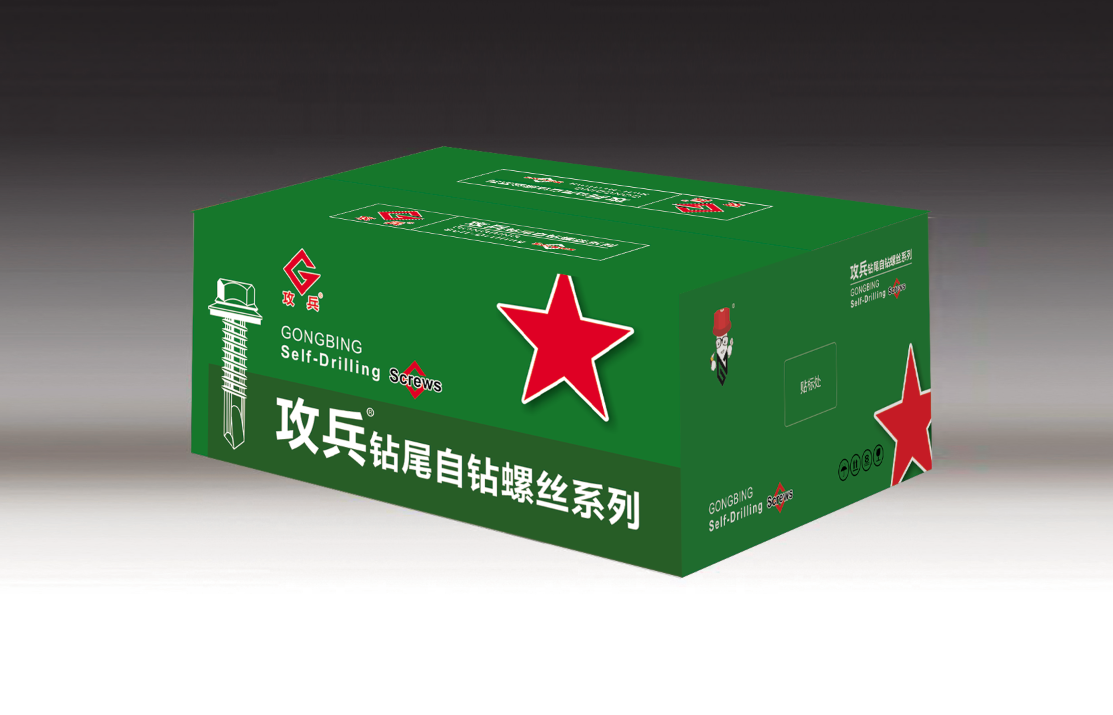Exploring the Properties and Applications of Chemical Anchor M12 in Construction and Engineering Projects
Chemical Anchor M12 An Overview
In the field of construction and engineering, the choice of anchoring systems is critical for ensuring the stability and durability of structures. Among various options available, chemical anchors have gained popularity due to their superior performance and versatility. The M12 chemical anchor is one such solution that has drawn attention for its reliability and effectiveness in a range of applications.
Chemical Anchor M12 An Overview
One of the primary advantages of using the M12 chemical anchor is its ability to work effectively in various substrate materials. Whether it is concrete, brick, or even masonry, chemical anchors can be tailored to suit the specific characteristics of the base material. This adaptability expands the range of possible applications, from fixing structural components to attaching fixtures in both indoor and outdoor settings.
chemical anchor m12

Moreover, the M12 chemical anchor stands out for its performance in terms of shear and tensile strength. The chemical bonding created by the epoxy or polyester resin provides significantly higher strength compared to mechanical anchors, which rely solely on friction. This makes the M12 anchor an ideal choice for high-load applications, such as securing steel frames, installing machinery, or attaching safety rails and barriers. The increased strength also means that it can accommodate dynamic loads, which might occur in environments subject to vibrations or impacts.
Installation is another aspect where M12 chemical anchors excel. The process typically involves drilling a hole into the substrate, cleaning the hole to remove dust and debris, injecting resin into the hole, and then inserting the anchor bolt. This method allows for a degree of flexibility in terms of positioning the anchor, as the resin can uniformly bond even in slightly misaligned installations. Additionally, once cured, the anchor provides a robust fastening solution capable of withstanding harsh environmental conditions, including moisture and temperature fluctuations, making it suitable for both indoor and outdoor applications.
However, it's essential to consider that the effectiveness of M12 chemical anchors largely depends on the quality of the resin and the installation process. As such, engineers and construction professionals should be knowledgeable about the specific products they choose and ensure proper installation techniques are followed. This could involve pre-wetting holes in porous substrates to enhance adhesion or allowing adequate curing time before applying load to the anchors.
In conclusion, the M12 chemical anchor presents a reliable and versatile solution for various anchoring needs in construction and engineering. Its exceptional bonding capabilities, adaptability to different materials, and impressive load-bearing capacity make it a preferred choice for many professionals in the industry. Whether for structural applications or general attachment needs, the M12 chemical anchor is a testament to the advancements in anchoring technology, offering safety, durability, and peace of mind for building developers and contractors alike. As construction demands continue to evolve, products like the M12 chemical anchor will play an increasingly vital role in ensuring structural integrity and reliability.
-
Weatherproof Plastic Expansion Anchors for OutdoorWartaJun.06,2025
-
Sustainability in the Supply Chain: Eco-Friendly TEK Screws ProductionWartaJun.06,2025
-
Load-Bearing Capacity of External Insulation FixingsWartaJun.06,2025
-
Double Head Bolts: Enhancing Efficiency in Industrial MachineryWartaJun.06,2025
-
Corrosion Resistance in Chipboard Screws: Coatings for Wholesale DurabilityWartaJun.06,2025
-
Butterfly Toggle Bolts : Enhancing Structural ResilienceWartaJun.06,2025
